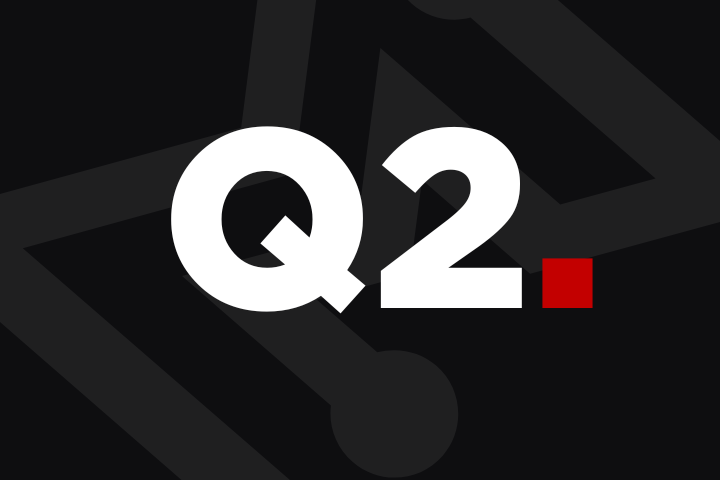Tools we Use: Asana
In April, I shared Molecule’s Core Values with you. One of the ways that we Do Things A Certain Way, is by building or buying tools to do work for us. It gets a little crazy. We recently counted over 50 apps we use around the company -- to communicate better, to automate repetitive tasks, and to stay organized.
Some of the big ones: Slack, Asana, Pivotal Tracker, and ProsperWorks. One that I personally have a love/hate relationship with is Asana, which we use for project management.
Why we needed a project management tool
When we started Molecule, we basically only did one thing -- write software. No invoicing (because there was no product). No deal tracking (because there were no deals). You get the picture. Everything that wasn’t related to writing software was done by one or two people -- and managed on their personal to-do lists. There were no project managers, and nobody had any desire to run Gantt charts.
Then we got bigger. Delegating non-software tasks became a thing, as did checklists and due dates. Today, we have a team of people working on marketing, business development, account management, design, and operations -- in addition to making software. That’s a lot of stuff to coordinate!
Transition to Asana
Early last year, we decided to try to coordinate our non-development tasks in a better way. Project management tools seemed like they were built for this, and we tried several (including some with Gantt charts). We finally landed on the one recommended by Mercury Fund at their CXO Summit -- Asana.
We tried it on a small team for a couple of weeks, then had a training/brainstorming session where we gave everyone the basics, and had them offer ideas on how to use it. We also got back together a couple of weeks later, to see how people were using it.
We had all non-developers move their tasks to Asana, and to make sure it was really adopted, we started building processes that were wired to the tool. Our release checklist. Our customer implementation schedule. Our ops checklists. We wired some of these to Slack, too, in a more-or-less unholy way.
While Asana became part of my workflow immediately (because I use a task list to clear my mind), it took a while to get adopted by the rest of the team. It took creating rituals around our to-do lists -- in 1:1 meetings and in release planning -- and then drawing people into the tool by using notifications and commenting features, to start to reap the communication benefits we were looking for. Multiple channels (email, Slack, whiteboards) started fusing into logical places. Lots of scattered notes around the office suddenly became actionable, follow-up-able, to-dos -- and we still didn’t have Gantt charts.
We’re still getting used to this type of team communication, and there’s a long way to go. Also, there are things we both like and don’t like about the tool. Here’s the rundown:
Things we like about Asana
- Everyone can see the same to-dos
- Good commenting and tagging features
- Easy to assign tasks and see status
- Shortcut keys! (this might be just me)
Things we hate about Asana
- Terrible UX
- Slow load times
- Mobile app and notifications system leave lots to be desired
Lessons Learned
- Have a clear purpose for adopting the tool.
- Create simple, bright lines: when to use Asana, when to use things like Slack or e-mail.
- Commit -- test the tool, then move everything over at once.
- Find situations to use the tool, and remind people to use it.
- Profit!
Related Posts
Why We Love Open Source and How it Optimizes Our ETRM





